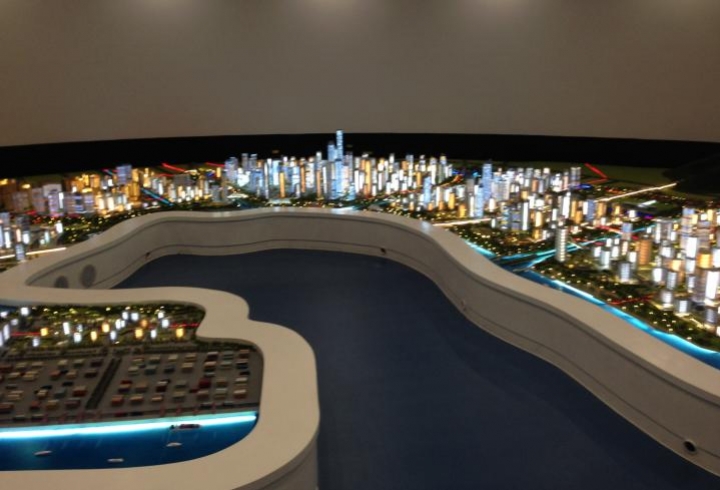03/04/2014
Cities are crossroads of civilizations where the local interacts with the global, where tradition dialogues with modernity and where the economy is intertwined with the culture. Should we connect the dots between different global trends that are currently reshaping our world, we arrive at two major conclusions. First, that creativity is gaining momentum in developing and developed countries alike and second that urbanization has become one of the dominant trends of our present time and of the future.
As people around the world flock to urban areas in the hope of a better life,cities are increasingly finding themselves at the center of development and societal challenges. It is in cities that the challenges of contemporary globalization, particularly environmental concerns, require urgent solutions and where innovative future strategies are most needed. Today, cities account for more than 80% of the world’s greenhouse gas emissions, and the annual cost of adaptation to climate change is estimated at US $80-100 billion. To combat the dramatic rise in CO2 emissions underpinning climate change, cities are urged to shift to new paradigms.
Making urban development more livable, sustainable, inclusive and creative is a major challenge for every city in the world. Adequate services have to be provided in cities in terms of access to water, sanitation or social services, but the role of creativity should not be underestimated. Making sustainable and creative choices for a city is essentially a social process, not a technocratic, financial or bureaucratic exercise. One of the main challenges for cities today is to address the political, cultural, social and economic barriers that prevent large-scale adoption of sustainable and socially integrated development models. One of the main questions concerns policies which should be kept, changed or discarded in order to ensure sustainable positive transformation. At the same time they should promote sustainable environment shaped both by innovation and diverse heritage

